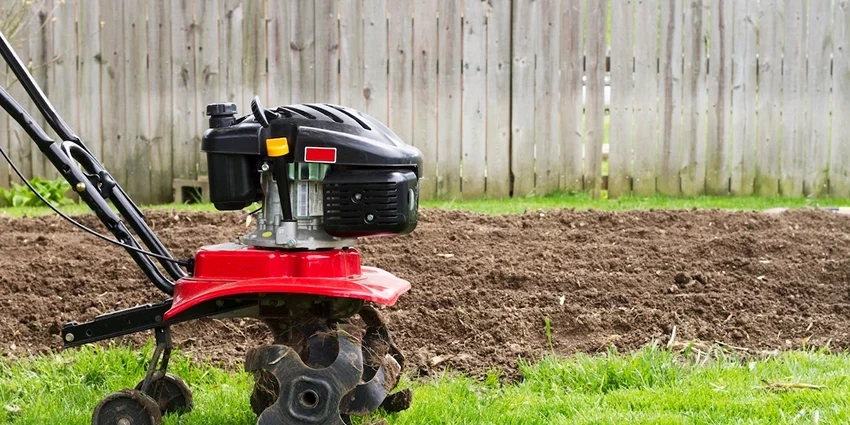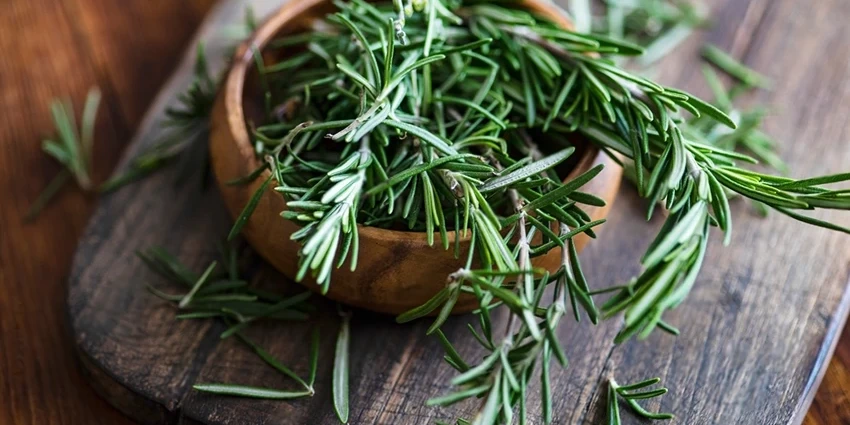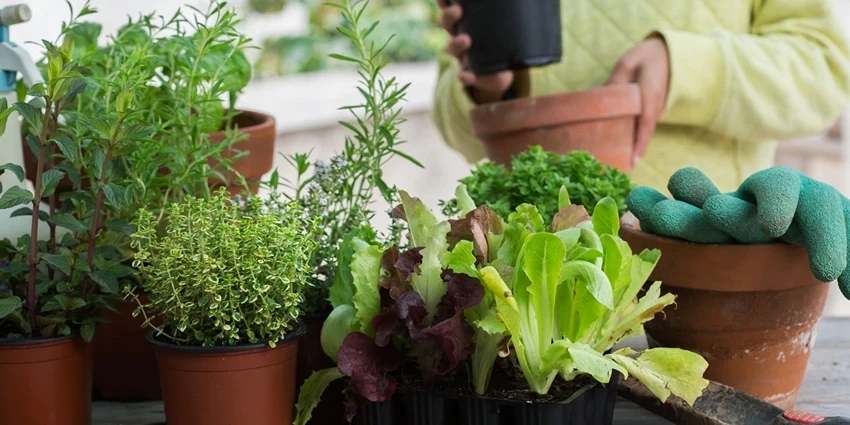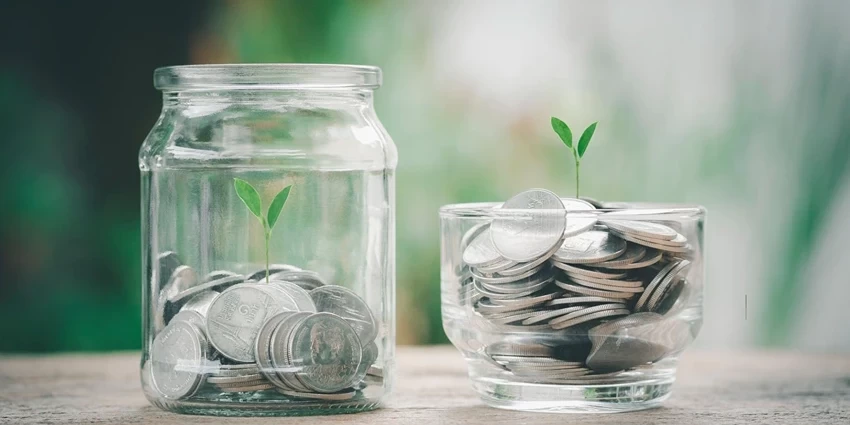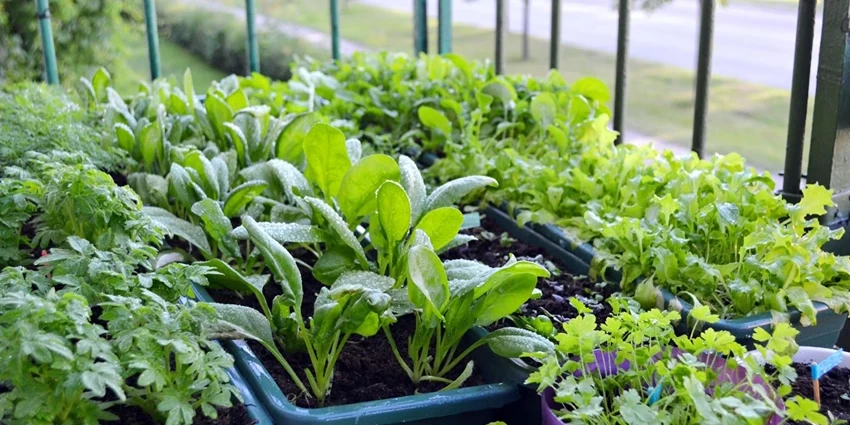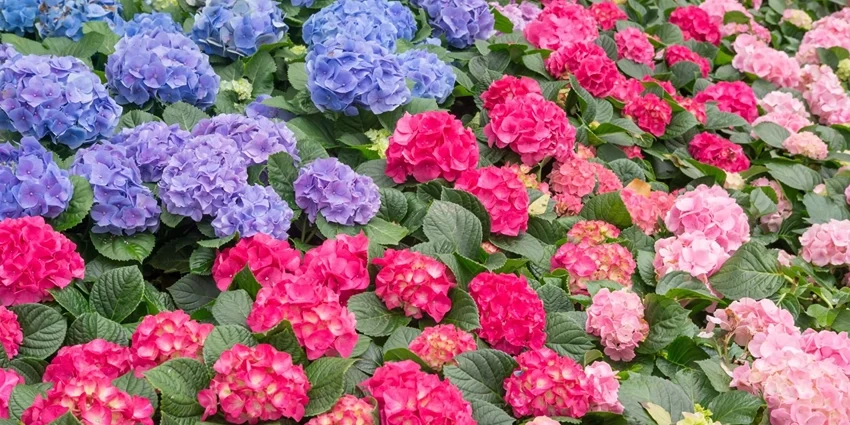All products were chosen independently by our editorial team. This review contains affiliate links and we may receive a commission for purchases made. Please read our affiliates FAQ page to find out more.
Home » Gardening Methods » Herb Gardening for Beginners
Herb gardening and container vegetable gardening offer a delightful and rewarding experience, especially for beginners. With the right approach, even those with limited space can enjoy the freshness and flavor of home-grown herbs and vegetables. This guide will walk you through the basics and first steps to create your own thriving container garden.
Register for our latest in-depth reviews and product round-ups from the experts.
Enter your email address below to receive our monthly review emails.
By entering your details, you are agreeing to our terms and conditions and privacy policy. You can unsubscribe at any time.
Understanding Container Gardening
Container gardening is a fantastic way to grow vegetables and herbs, especially when you lack yard space. If you have a small gardening area or only have access to a patio, balcony, driveway, or rooftop, container gardening is your solution.

What is Container Gardening?
- Definition: Growing plants in pots or containers.
- Benefits: Maximizes space, control over growing conditions, less weeding, and easier harvesting.
Choosing the Right Container
- Size Matters: Most vegetables need at least 12 inches of soil. A 5-gallon container is ideal for larger plants like tomatoes, while smaller containers suit herbs and leafy greens.
- Material Considerations: Plastic, ceramic, and fabric are popular choices, each with its pros and cons.
- Drainage is Key: Ensure your containers have adequate drainage holes to prevent water-logged soil.
The Best Soil for Container Gardening
- Avoid Garden Soil: Use a “soilless” potting mix for better drainage and disease prevention.
- Nutrient-Rich Mix: Include peat or coconut coir, perlite, vermiculite, and organic fertilizers.
- Compost Addition: Adding compost can enrich the soil with nutrients.
Watering Containers
- Frequency: Containers dry out faster than traditional gardens, requiring more frequent watering.
- Deep Watering: Ensure water reaches the roots for healthier plant growth.
- Avoid Over-Watering: Let the soil dry out slightly between waterings.
Fertilizing Containers
- Regular Feeding: Container plants need more frequent fertilization than in-ground plants.
- Types of Fertilizers: Slow-release at the start of the season, followed by liquid fertilizers twice a month.
Starting Your Container Herb Garden
Embarking on a herb gardening journey in containers is both exciting and straightforward. Don’t forget, having the best gardening gloves can make planting and maintaining your herb garden a more pleasant experience. Here’s how to begin:
Selecting Suitable Herbs for Beginners
- Easy-to-Grow Herbs: Basil, mint, parsley, and chives are great for beginners.
- Sunlight Requirements: Most herbs need 6-8 hours of sunlight per day.
Planting Techniques for Herb Seedlings
- Proper Planting: Ensure each herb has enough space for root growth.
- Soil and Water: Use a well-draining soil mix and water regularly.
Herb Garden Maintenance
- Pruning: Regularly trim your herbs to encourage growth.
- Harvesting: Harvest herbs in the morning for the best flavor.

Expanding to Vegetable Gardening
Once you’re comfortable with herb gardening, introducing vegetables to your container garden is a natural next step.
Choosing Vegetables for Containers
- Suitable Vegetables: Tomatoes, peppers, lettuce, and radishes are great for container gardening.
- Container Sizes: Larger vegetables like tomatoes need bigger containers, while greens can grow in smaller ones.
Companion Planting in Containers
- Benefits: Maximizes space and can improve plant health.
- Examples: Planting basil with tomatoes or marigolds with peppers to deter pests.
Seasonal Considerations
- Summer Plants: Tomatoes, peppers, and cucumbers thrive in summer.
- Winter Plants: Leafy greens and some herbs can survive cooler temperatures.
Tables with Relevant Facts
| Herb/Vegetable | Container Size | Sunlight | Watering Frequency |
| Basil | Small | Full sun | Daily |
| Tomato | Large (5-gallon) | Full sun | Twice daily |
| Lettuce | Medium | Partial sun | Daily |
| Peppers | Medium | Full sun | Daily |
Advanced Techniques for the Ambitious Beginner
Expanding your gardening knowledge can lead to even more fruitful results. Here are some advanced techniques to consider:
Propagating Herbs from Cuttings
- Method: Snip a 4-6 inch cutting from an established herb plant.
- Rooting: Place in water until roots develop, then transplant into soil.
Organic Gardening Practices
- Natural Fertilizers: Use compost or organic matter.
- Pest Control: Employ natural predators or organic insecticides.
Utilizing Vertical Space
- Vertical Planters: Ideal for small spaces.
- Benefits: Increases growing area and adds aesthetic appeal.
Lighting
Utilising solar lights in herb gardening for beginners not only simplifies the care by extending visibility into the evening hours but also adds an enchanting glow to your first herb garden, making it a delightful and successful introduction to gardening. Shop solar lights here.
Common Challenges and Solutions
Even experienced gardeners face challenges. Here’s how to tackle some common ones:
Dealing with Limited Space and Light
- Solution: Use hanging baskets or wall planters.
- Lighting: Position plants in the brightest area or use grow lights.
Overcoming Watering Issues
- Self-Watering Containers: Reduce the frequency of watering.
- Consistency: Establish a regular watering schedule.
Addressing Nutrient Deficiencies
- Regular Soil Testing: Monitor nutrient levels.
- Supplements: Add specific nutrients as needed.

Tables with Advanced Gardening Tips
| Challenge | Solution | Benefit |
| Limited Space | Vertical Planters | Maximizes growing area |
| Inconsistent Watering | Self-Watering Containers | Maintains soil moisture |
| Nutrient Deficiency | Soil Testing & Supplements | Ensures healthy plant growth |
Frequently Asked Questions
Here are some common questions and answers to help you on your gardening journey:
Basil, mint, parsley, and chives are great starter herbs due to their hardiness and versatility.
Frequency varies depending on the weather and container size. Generally, water when the top inch of soil feels dry.
Yes, many vegetables and herbs can coexist, like tomatoes with basil or peppers with marigolds.
Natural remedies include neem oil, insecticidal soaps, and introducing beneficial insects like ladybugs.
Harvest when plants are mature but before they flower for the best flavor.
A passionate plant enthusiast on a mission to turn every space into a blooming haven. With a love for all things botanical, I'm your gardening guide, sharing quick tips, the joy of nurturing plants, and the belief that every day is a great day to garden. Join me in cultivating a thriving garden paradise—we'll sow, grow, and flourish together in this green revolution!



